Nineteen weeks after lockdown began in the UK on 23 March and the government message has shifted from ‘stay at home’ to ‘go back to the office’. Employers are now responsible for making the workplace a safe environment, despite the fact that there is no guaranteed way to do this. There is now an obligation to resume working in offices, with employers given licence to sanction those who refuse. Many people are nervous, throughout July the virus has stubbornly refused to disappear.
The staged release from lockdown during July was designed to get the economy functioning, it was not based on evidence of safety at each stage, but on hope that the public would respond responsibly to freedom of movement and choice. The crowds on beaches proved this was misplaced. As the pandemic has revealed divergent views on risk between health experts and politicians, concern is growing about the conflict between expert recommendations based on analysis of evidence and policy decisions based on behavioural studies.
The history of contagious diseases tells us that isolation works and quarantine starves a pathogen of new hosts and victims; a period of about 40 days isolation is traditional to render the virus safe but this only works if isolation is rigorously enforced – it is useless if your ports and airports remain open. Unfortunately, policy makers driven to limit the financial damage of economic inactivity, will be tempted to compromise on rigid isolation. The degree of compromise is a reflection of robustness in the economy. It is now 133 days since UK lockdown on 23 March and the virus is not contained.
Risk is an estimation of future outcome, not always hazardous sometimes a welcome surprise, but it is always an estimate and it depends on who is making it. Scientists will assess risk based on data, or in its absence forecast modelling. Politicians on the other hand make policy decisions on future outcomes they consider desirable in relation to their public mandate to govern. While the public may take health for granted, the price of food is a bell-weather of government popularity: if the economy tanks, food prices rise and the public vote for change.
While we have learnt a lot about the virus in the past 19 weeks, we have not yet learnt how to combat it effectively. It is invisible and we don’t know who is carrying it or who has immunity. Both politicians and experts are tasked with managing public expectations. The public want certainties that make sense, yet the more we learn about this virus the more variables we discover which make it a complex challenge. One thing is certain however: you cannot effectively fight a virus epidemic while at the same time trying to rescue the economy. There are hard choices ahead.

